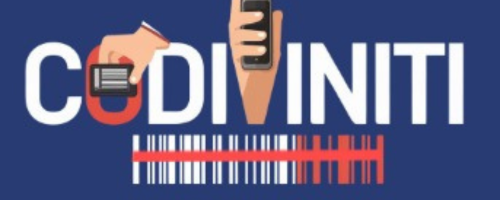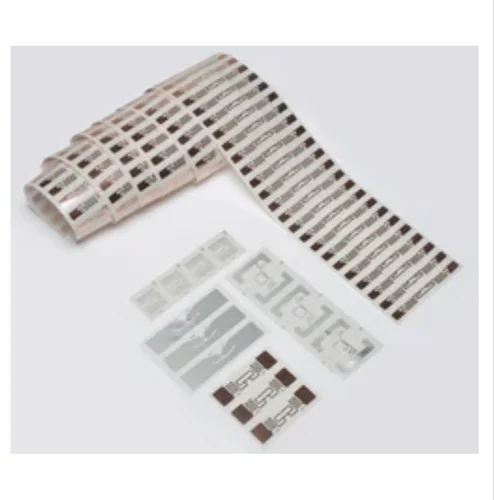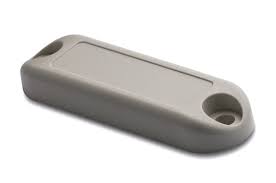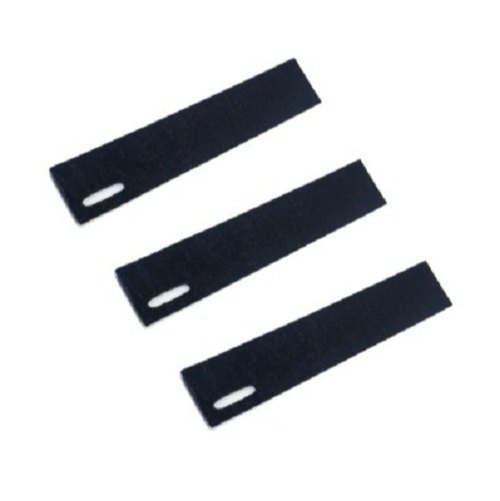Description
Both LF (Low Frequency) and HF (High Frequency) RFID operate at the lower end of the RFID electromagnetic spectrum, which means that RFID tags operating in these frequencies have relatively short read ranges but offer the advantage of being able to receive or transmit signals in all directions. These frequencies also perform better in moist environments, though they typically have slower data transmission speeds compared to higher frequencies. Additionally, both LF and HF RFID systems can work in environments involving metal, often requiring modifications to the tags.
The difference between these frequencies becomes apparent in how they interact with metal. For instance, LF RFID tags can be activated behind thin metal objects, while HF RFID tags work effectively when placed directly on metal surfaces. This subtle distinction has practical implications: For example, in a grocery store’s meat section, an LF RFID reader could scan a tag embedded in a ham that’s wrapped in aluminum foil, while an HF RFID reader would need the tag to be placed on the outside of the foil to function properly.
Both LF and HF RFID frequencies are better suited for moist environments where higher frequencies like UHF (Ultra High Frequency) might struggle. However, LF RFID has a particular advantage when working in wet conditions. For example, an LF RFID chipped cat (which is mostly water) could use a feeder equipped with an LF RFID reader to access food. Although both LF and HF would allow the cat to gain access, the LF RFID system would likely be more reliable in this case, and LF tags tend to be less expensive than HF tags.
Since LF RFID tags have a limited read range—usually just centimeters or inches—systems that use them typically require close proximity between the tag and reader. LF RFID tags are commonly used for applications like access control and animal identification.
In applications like produce management, where RFID tags are applied to small items such as fruit, LF tags are often read by handheld readers that need to be in close proximity to the produce. This setup helps with measuring quality and quantity accurately, although it may involve more manual handling. However, if the items are kept at a slightly greater distance from the reader, HF RFID tags might be a better option. HF RFID can read tags from distances of up to a yard, potentially leading to more automated systems such as shelf RFID management.






Reviews
There are no reviews yet.